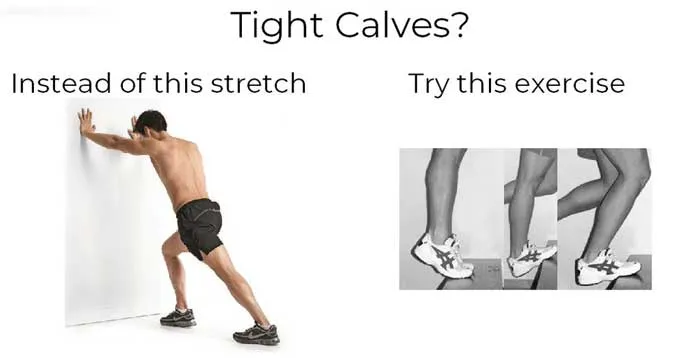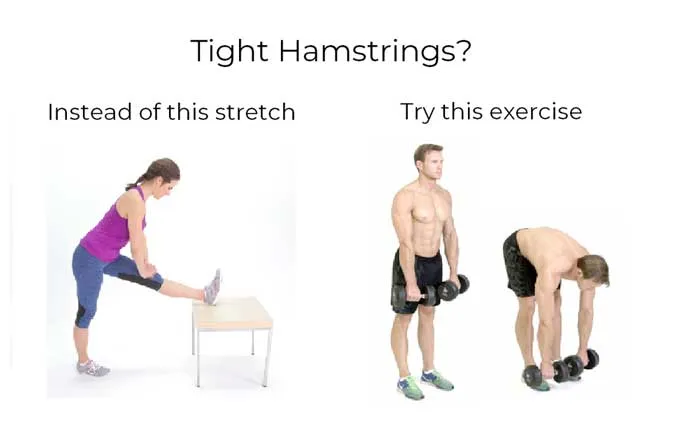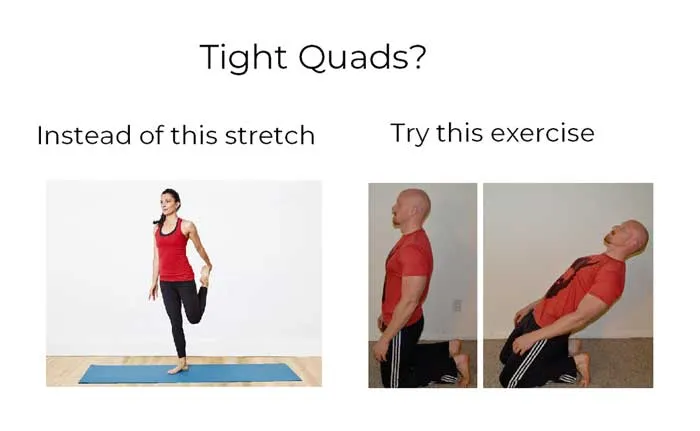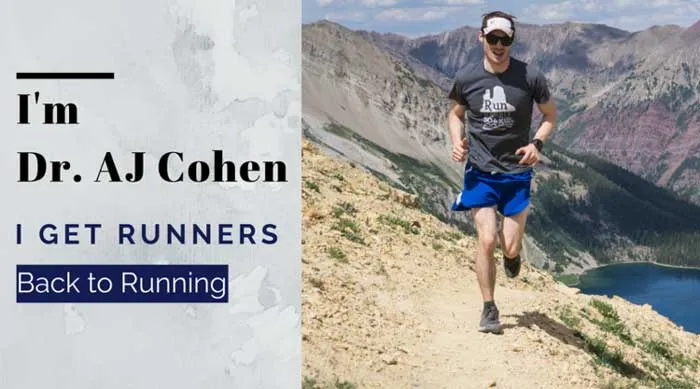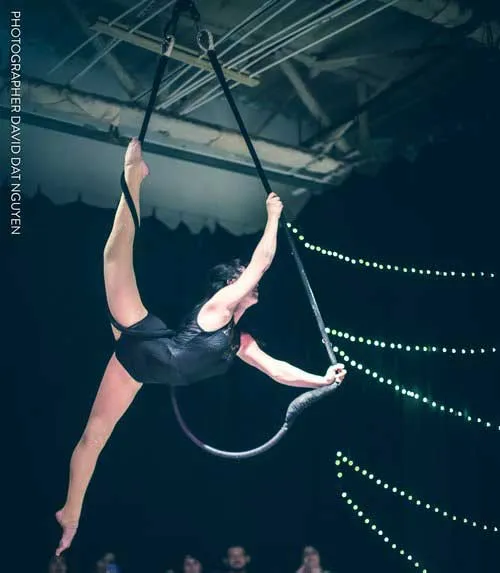INTRO TO STRETCHING
The art of stretching has been ingrained into the minds of runners for all of time. The concept of stretching muscles prior to physical activity can be traced back to the ancient Greeks where they believed that it should be an
integral part of an athlete’s or soldier’s training. Even Hippocrates “The Father of Medicine” (years 370-460 BC) had explored the therapeutic effects of stretching for general health.
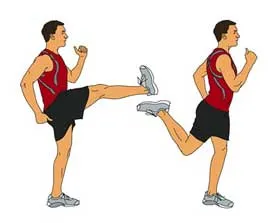
Stretching has evolved over time to encompass a variety of movements and positions that utilize and challenge a muscles full length. There are major differences in the practicality, usefulness, and potential benefits of maintaining
a muscle’s full-length position over time, known as “static stretching”, and moving through a muscle’s full range of stretch during movement, known as “dynamic stretching”. For the purposes of this article, I will be referring to
“stretching” as “static-stretching” since it has proven to be the most prevalent and controversial form of stretching for runners. This article will discuss the arguments for and against static stretching for runners.
WHERE STRETCHING HAS ITS PLACE
First off, stretching definitely has its place in sports where an increased range of motion is required for the specific movements of that sport. For example, gymnastics, acrobatics, dancing, and many forms of martial arts are allgood examples of activities where an extremely broad range of motion is necessary for success.
In these situations it is important to stretch muscles and tendons to allow for unimpeded motion.
The research has shown that the bestmethod of achieving an increased range of motion through tissue lengthening is low-load long duration stretching.
Most people try to achieve this goal by stretching very strong for a short amount of time (30s or less), but it is farmore effective to lessen the intensity of the stretch and perform it for longer periods of time.
THE CLAIMED BENEFITS AND DETRIMENTS OF STRETCHING

The claimed benefits of stretching for runners specifically, range from improved flexibility and range of motion, increased circulation, improved posture, reduced risk for injury, and improved performance. There are many theories
that try to explain the benefits of stretching, one of which is the realignment of disorganized muscle fibers and improved muscle tone. Quite frankly, the research surrounding whether or not these benefits and mechanisms are true
for runners is unclear and conflicting.
When it comes to running, studies have also outlined how stretching may be detrimental to running performance, efficiency, and may also increase the risk for injury, but this all depends on
the type of running, short vs. far, slow vs. fast.
MUSCLE STIFFNESS VS. ELASTICITY
When it comes to running, muscle stiffness refers to the body’s ability to absorb and re-direct forces, without loss of energy, as impact forces and muscle forces combine to propel a runner through space. Muscle stiffness can be
vitally important, in theory, to minimize extraneous movements for improved efficiency.
For example, as a runner’s foot impacts the ground, their knee will bend to absorb forces, followed by knee extension for propulsion. In theory,
if the knee bends further with this motion (due to reduced “muscle stiffness”), it will require more energy to rebound that muscle from lengthening, to a forceful contraction. It is supposed, that static stretching can reduce musclestiffness and lead to inefficiency due to the above-mentioned mechanism, and can happen at any joint where muscles have been lengthened.
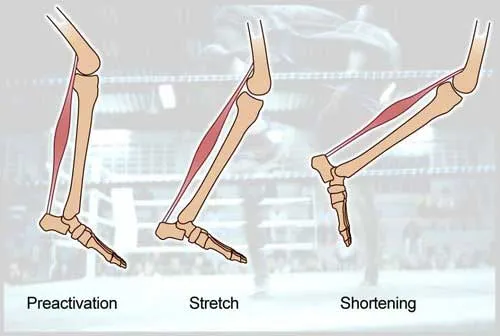
Muscles act similarly to springs with a biomechanical concept called the “stretch-shortening cycle”. While a muscle is lengthening and contracting at the same time then immediately forcefully contracts, the muscle is able to produce
more force with the same amount of effort.
The more forceful the pre-stretch, the more elastic forces can be utilized. Runners and jumpers can benefit greatly from this phenomenon as it allows them to take advantage of the elastic
properties of muscle to offset the required amount of energy expended for the desired activity.
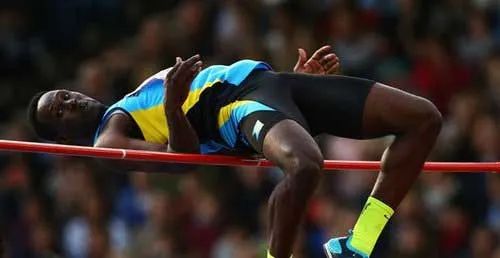
So how does this relate to stretching? In theory, increasing tendon and muscle length through stretching will increase muscle elasticity, allowing for an amplification of the above mentioned mechanism. This theory has been showcased
in the story of Donald Thomas, a high-jumper who became the world champion the year after being introduced to the sport. Thomas’ success is attributed to an abnormally long Achilles tendon which allowed for a magnificent
elastic-energy conversion during his jumping. But the application of this principle to people with “average genes” is unknown at this time. The amount of stretching it would take to significantly and permanently increase the length
of muscles and tendons to a degree that would yield elastic benefits is unrealistic for most people. Not to mention, that studies have shown that a moderate stretching regimen only lengthens tissues in the short term. Long-term
increases in tissue length require immense commitment and compliance to a strict and consistent stretching protocol. It’s now obvious that Thomas would be very successful at such an explosive sport, but it’s doubtful that he would
have been able to use his freakish level of muscle elasticity to his advantage for distance running, but then again, who knows?

Overall, when it comes to muscle stiffness and elasticity, a safe assumption is that a good balance of both is key. Although some people may be more elastic or stiff than others at baseline, there’s no clear answer regarding whether
or not it would be beneficial to attempt to modify such attributes.
UNEXPECTED PROS AND CONS OF STRETCHING
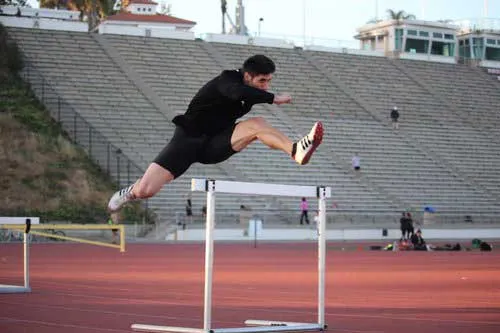
Research on the topic of stretching has uncovered some interesting concepts that relate to how stretching may help or hurt running performance/economy and injury risk. As mentioned earlier, in the short term, static stretching can
lengthen tissues. But over time or with activity, the muscle will return to its resting length.
Let’s just think about the short term benefit of increased range of motion. With increased range of motion comes increased need for movement control. If an athlete is not used to, or cannot control the increased range of motion that they’ve acquired, it could lead to a traumatic injury like a muscle strain.
Although, a good warm-up will negate most of theeffects of static stretching which begs the question; why even stretch before activity in the first place?
Another interesting concept is that muscle cells can actually grow and get stronger from a strict stretching regimen. An explanation of this phenomenon is that rigorous and frequent stretching can cause micro-trauma to musclessimilar to working out.
Researchers have observed an increase in size and contractile abilities of muscle cells, leading to slight increases in muscle force and velocity of muscle contraction. With that said, the researchers stated
that even with these adaptations, an improvement in running performance did not occur.
IS THE MUSCLE SHORT OR TIGHT?
When a runner feels a “tightness” in a muscle, they immediately think that they need to stretch, but stretching may not help at all depending on the situation. It must first be determined if the muscle is “short” or “tight”, and
this will determine which intervention will be most effective.
A tight muscle is suffering from an overactive nervous system. A tight muscle might have low-level electric potential generated by muscle cells even while inactive,meaning that they are continuously somewhat contracted. This can fatigue the muscle and lead to impaired motor control during activity. On the other hand, short muscles are simply and inherently short in length at rest. Physical
therapists can use special tests and measures to determine if a muscle is short in length or overly-tensed/tight.
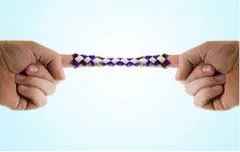
Stretching tense muscles may actually increase tone rather than reduce or increase length. Stretching tense muscles can activate “stretch receptors” in the muscle called muscle spindles. When activated, muscle spindles can
reflexively contract the muscle, known as a “stretch reflex”. As a general metaphor, think of a Chinese finger trap, where once your fingers are trapped, the harder you pull, the harder it tenses around your fingers. Sometimes the
muscle needs to be relaxed, and we need to give in to the muscle, like when we give in to the finger-trap to let our fingers out. Applying specific pressure to the muscle in its shortest position (as opposed to most lengthened
position during stretching) can help it relax, which is a common concept in myofascial release techniques.
VERDICT
There’s obviously a lot of different viewpoints and conflicting data in regards to whether or not stretching is beneficial for runners. The take-home messages here are as follows:
- Stretching can reduce muscle stiffness which may be detrimental to running performance and efficiency. Although stretching can increase muscle/tendon elasticity which may be beneficial for running.
- Stretching prior to running may decrease running economy.
- Stretching prior to more explosive/shorter distance running may increase the risk of injury due to lack of control of the newly acquired range of motion (which can be offset by dynamically warming up after stretching and before
running). - If you feel like a muscle is tight, it’s important to know if it is tense or short. We should relax tense muscles (massage, foam roll, myofascial
balls, dry needling, etc), whereas if the muscle is short, a strict stretching protocol utilizing low-load long-duration stretching can be helpful. - If you currently stretch, and enjoy it or believe it’s beneficial for you, then keep doing it.
- With the benefits and detriments of stretching for runners, it is safe to say that time stretching would be better spent strengthening which is much more proven in the research.
AN ALTERNATIVE TO CONTEMPORARY STRETCHING TECHNIQUES
If a runner is suffering from sensations of muscle tightness, a great way to intervene is by loading the muscle when it is in it’s lengthened position. These types of exercises will improve the muscle’s ability to perform in that
position, leading to reduced sensations of tightness over time which are usually a result of its insufficiency at that muscle length. See the pictures below for examples of this type of exercise:
